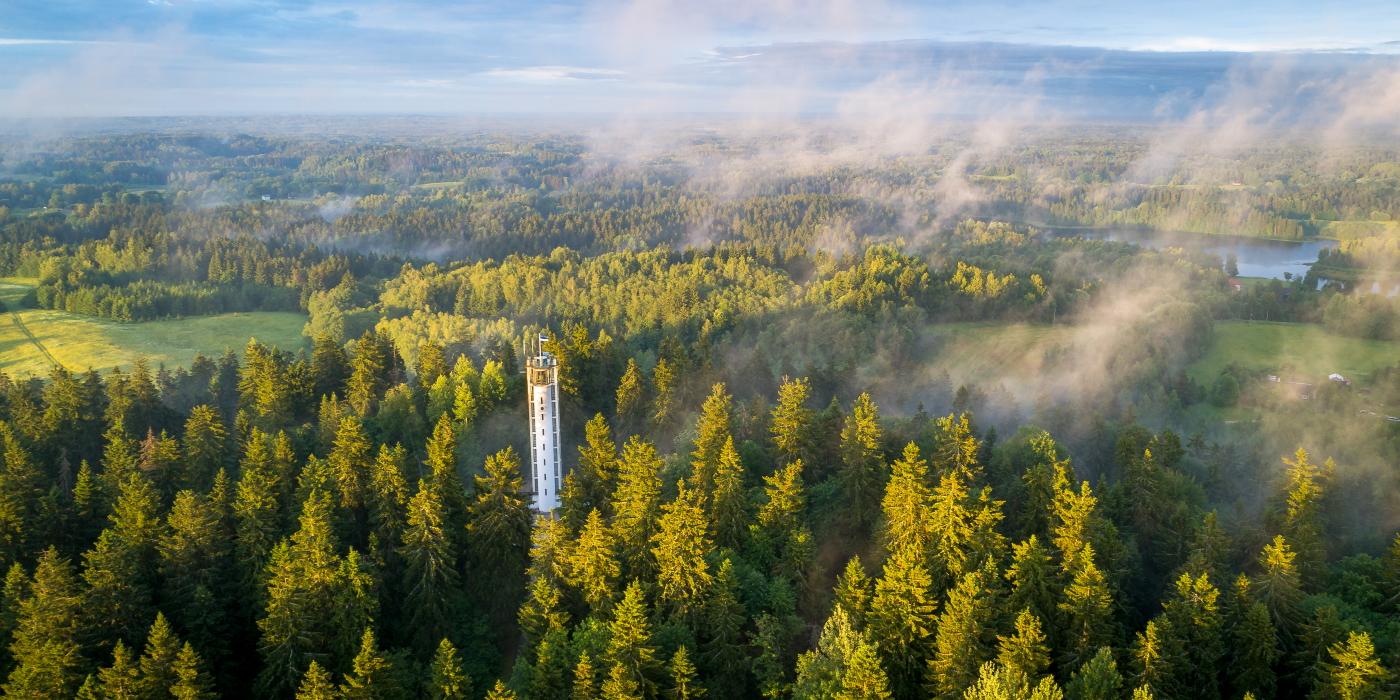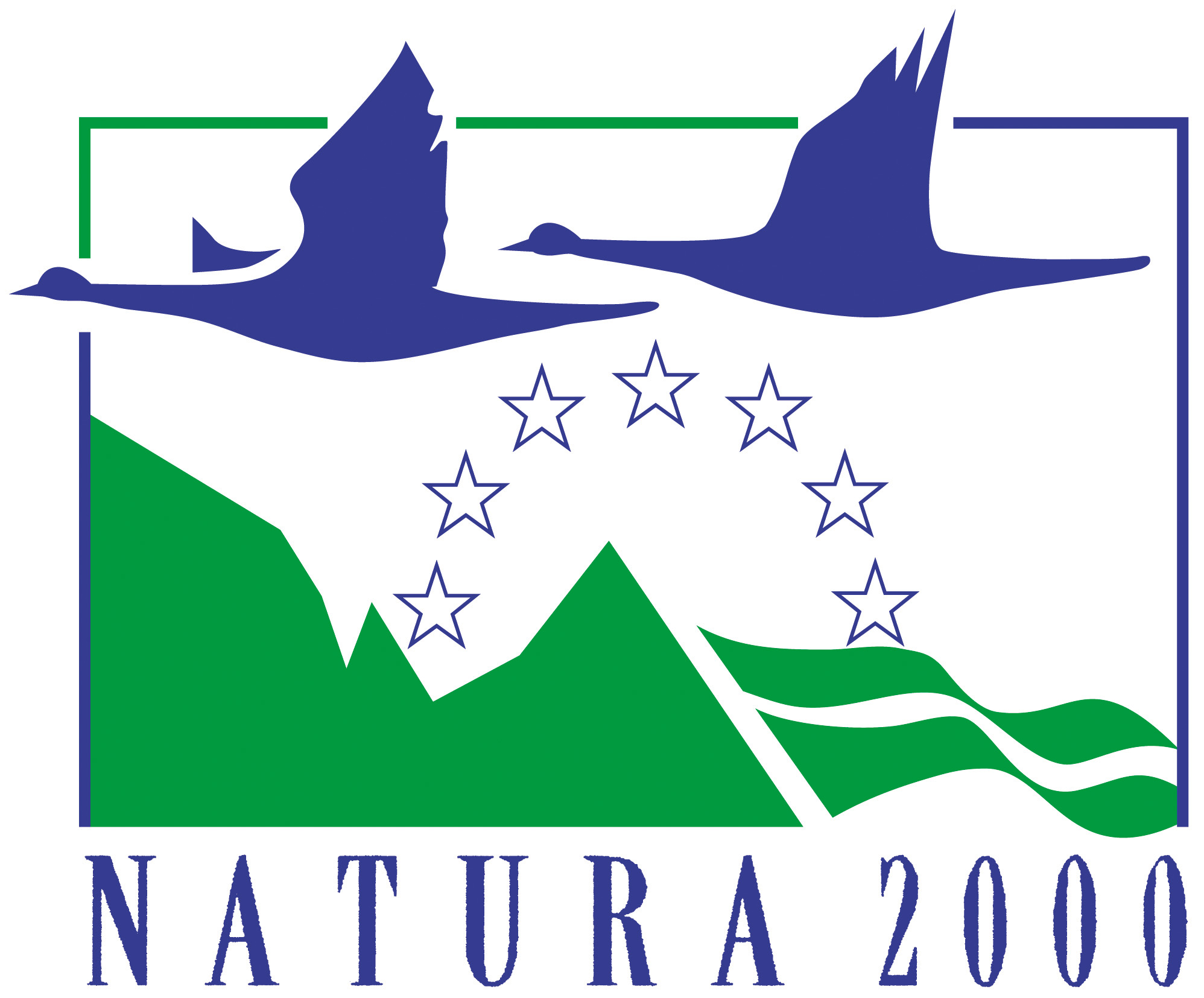Haanja Nature Park is located in the Haanja Upland which is the highest area of Estonia. The protected area includes fields, villages, forests and swamps of a little more than 17,000 hectares. The characteristic mosaic and versatile landscape has developed here over hundreds of years due to the interaction between nature and human activity. The most famous sights of the nature park are the hill of Suur Munamägi (“Big Egg Hill”), Rõuge Primeval Valley and lakes, Kütiorg Valley and Hinni Canyon. The area is also highly valued for the fact that the habitats of many protected species and various biotic communities considered valuable in Europe are located in Haanja Nature Park.
The history of the nature park dates back to the year 1957 when the scenic prohibited areas of the Suur Munamägi, Vällamägi Hill and Rõuge Primeval Valley were joined.
The area of Haanjamaa (Haanja land) has been called the area of lakes with good reason – there are more than 60 lakes in just the middle part of the upland together with Rõuge Primeval Valley and Kütiorg. The Haanja Upland is the area of river sources. The Piusa River starts from the Lake Külajärv of Plaani village which has the greatest fall of the Estonian rivers (2.1 m/km). Often, the flowing waters have designed and deepened gullies with steep slopes by making a way for themselves (the rivers of Rõuge and Iskna).
The lake Vaskna. Photo: Pille Saarnits
The settlements of Haanjamaa include mostly smaller villages. The larger centres are located in the one-time manors: Rõuge, Haanja, Ruusmäe and Viitina. Rõuge was already in the past considered as the most important place of the neighbourhood: here, in the centre of the parish, there was everything from a church to a tavern and from a school to a shop.
A local household in Leoski village. Photo: Pille Saarnits


